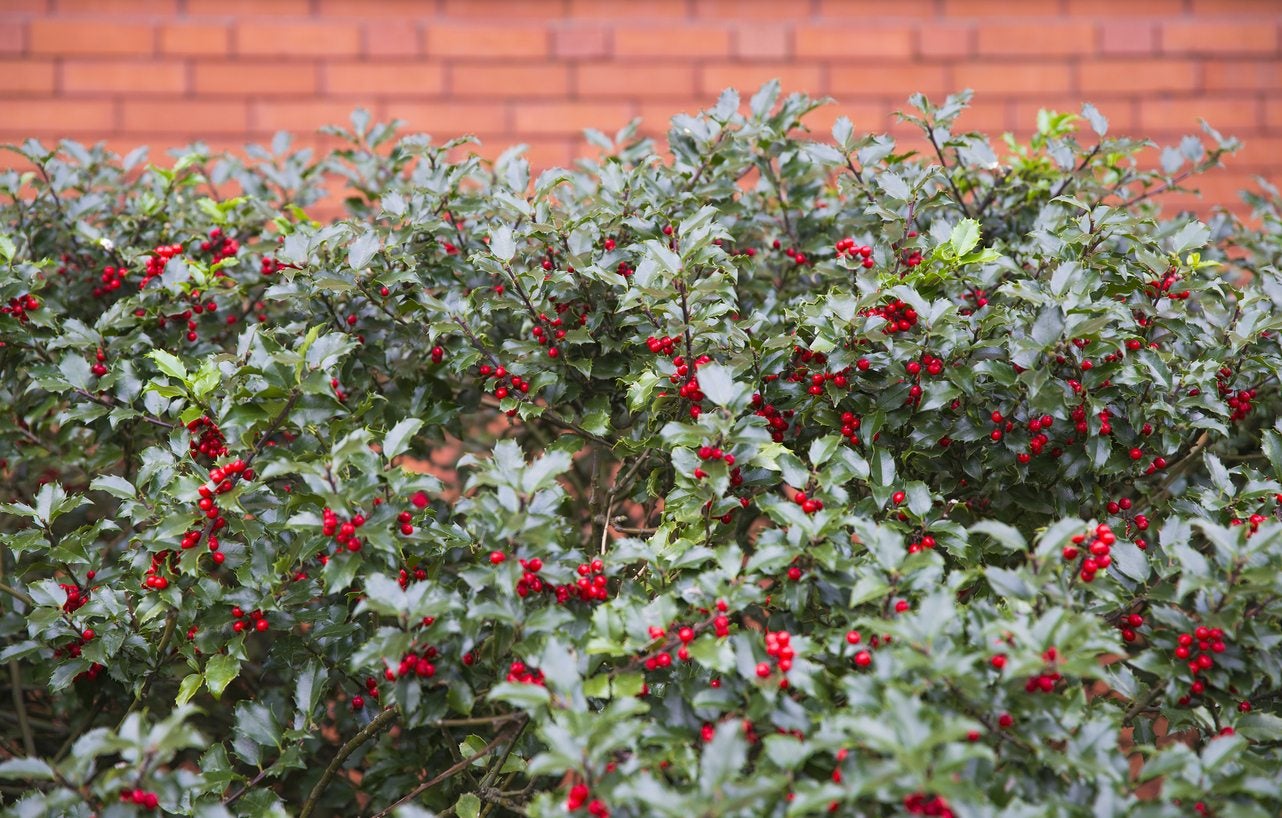Zone 6 Hedge Plants: Choosing Hedges For Zone 6 Gardens


Hedges serve many purposes in the landscape. They can be used for privacy, security, as a windbreak, or simply because they look quaint. In U.S. hardiness zone 6, where winters can still be pretty bitter but summer provides an adequate growing season, there are many shrubs that can be used as cold hardy hedges. Continue reading for tips on choosing hedges for zone 6.
Choosing Hedges for Zone 6 Gardens
A hedge is a densely planted row or wall made of living plants. The plants in these living walls can be evergreen or deciduous, depending on your specific needs or preferences. Tall plants and evergreens are oftentimes used as windbreaks, noise barriers, and privacy hedges.
Cold winter winds are usually what our yards or homes need protection from, so evergreens work best for this purpose too. Shrubs with thorns or sharp, spiky foliage make excellent hedges where home security is a concern. Other times hedges are planted simply for their appearance or to separate different areas of the landscape.
Hedges can be perfectly shaped, squared, or rounded with hedge trimmers or garden shears. They can also be left alone to grow in their own natural habit. This, too, is based on your own preference and landscape style. Hedges made from native, fruit producing shrubs can also double as a safe haven for birds to browse or nest in.
Zone 6 Hedge Plants
Whatever purpose you have in mind for a hedge, there are plenty of shrubs to choose from. Below are some of the most common zone 6 hedge plants and the types of hedges they can be used for.
- Abelia – Semi-evergreen hedges that are easy to trim, but when left untrimmed abelia have a beautiful arching habit. The trumpet flowers attract hummingbirds and butterflies.
- Arborvitae – Evergreen hedges, arborvitae is usually used for privacy or wind and sound barriers.
- Barberry – Semi-evergreen to deciduous depending on variety. Available in an array of colors. Easy to trim. Due to their thorns, they make excellent security hedges. Barberry can be invasive in certain locations.
- Boxwood – Evergreen hedges that are very easy to formally shape, but still grow tight, full, and shapely without trimming. Boxwood can be used for privacy or just their nice clean appearance.
- Burning Bush – Large deciduous shrubs that are mainly grown for their bright red fall color. Burning bush are easy to trim and excellent for privacy.
- Chamaecyparis (False Cypress) – Evergreen hedge available in tall or dwarf varieties. The gold varieties make an especially unique hedge. False cypress has a natural shaggy appearance and requires very little trimming or pruning.
- Forsythia – Tall or dwarf deciduous varieties available for hedges. The yellow blooms of forsythia are one of the first flowers of spring and provide food for early pollinators.
- Holly – Evergreen shrub with sharp, spiked foliage; excellent for privacy or security. Holly produces red berries in fall and winter, but both male and female varieties are necessary to produce berries.
- Juniper – Evergreen shrubs that range from low growing groundcovers to tall upright varieties. Tall varieties of juniper can make excellent privacy screens or sound and wind breaks.
- Lilac – These deciduous shrubs come in dwarf varieties or the tall old-fashioned forms. Heavenly scented flowers attract butterflies and other pollinators. Some dwarf varieties of lilac will rebloom.
- Privet – Privet is a deciduous shrub that can be easy trimmed or left to grow tall for privacy.
- Quince – Another excellent deciduous shrub choice for security because of its sharp thorns. Quince has beautiful spring flowers in pink, red, orange, or white.
- Rose of Sharon – Tall deciduous shrubs with spectacular flower displays in summer. Rose of Sharon are great for a natural looking privacy hedge.
- Viburnum – Deciduous shrubs often used for privacy as most varieties get very large. Pollinators are attracted to the blooms, while birds are attracted to the fruit. Some varieties of viburnum have amazing fall foliage.
- Yew – Evergreen hedge for privacy or just aesthetic value. Yew is easy to trim and shape with hedge trimmers or shears.
Gardening tips, videos, info and more delivered right to your inbox!
Sign up for the Gardening Know How newsletter today and receive a free copy of our e-book "How to Grow Delicious Tomatoes".